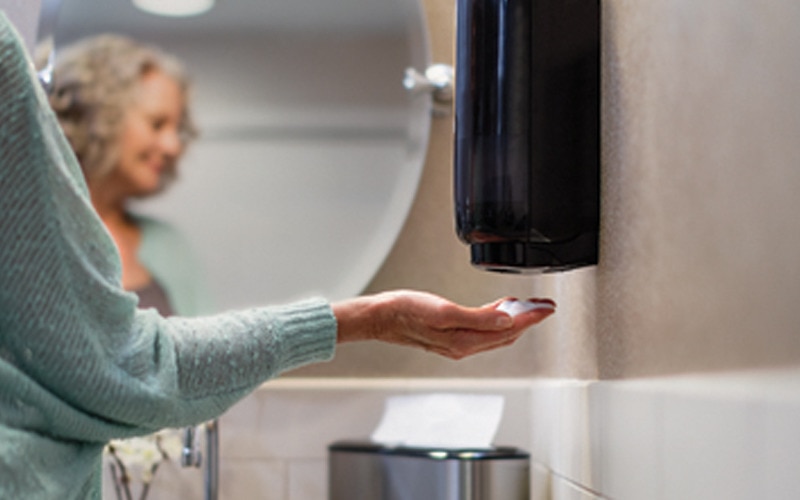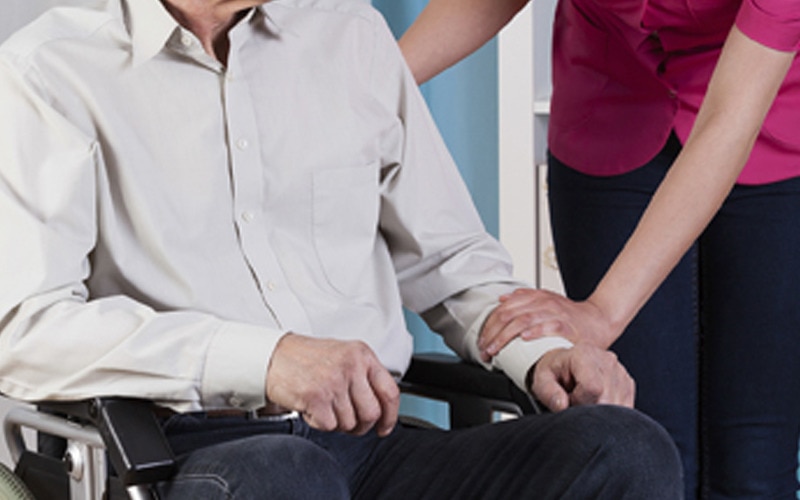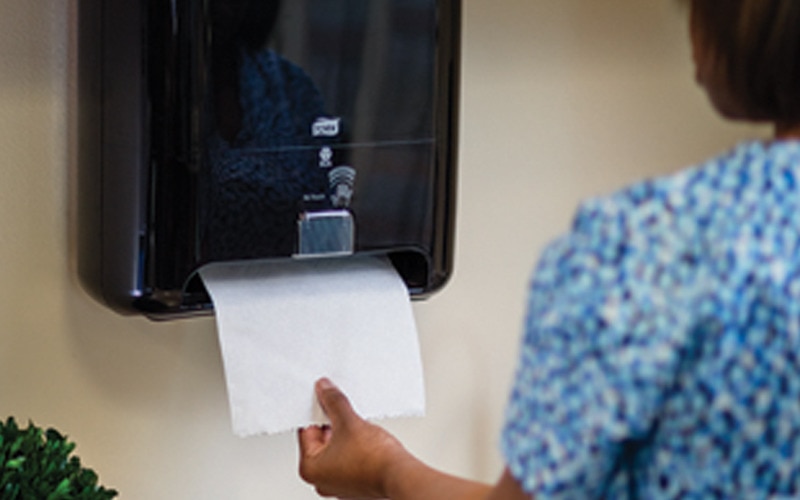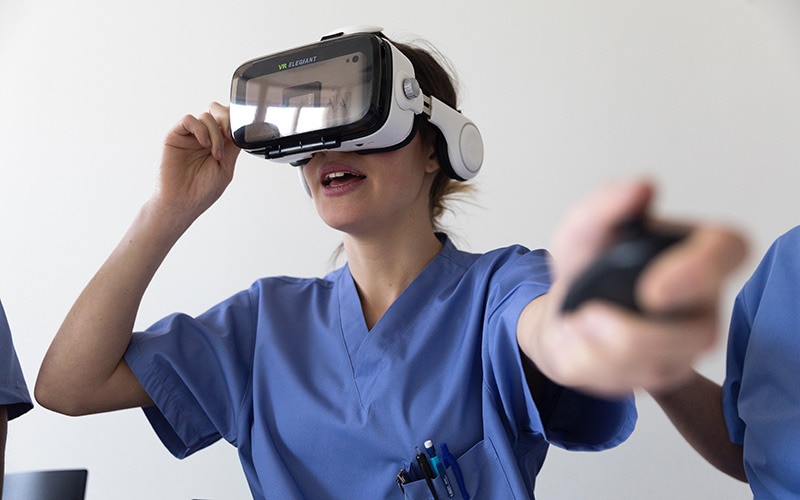
Infection control for Long-Term Care homes
In Long-Term Care homes, it is important to limit transmissions of infections. In the articles below you can read more about how to identify and to avoid risk situations.
We know that elderly people, the chronically ill and certain risk groups are more susceptible to and recover more slowly from infections. In older age groups, the immune system can be weakened, and the risk of complications and consequential illnesses increases. When people live close to each other and spend time together in common areas, which is often the case in a nursing home, the risk of transmission is high.
Given that it is easier for infections to spread from person to person in long-term care environments, it is very important to identify the situations where there is a risk of cross-contamination. By identifying risk situations, we can manage and implement strategies for good hand hygiene to reduce the risk of infection. In a long-term care facility, there are several target groups who need to be informed about how to perform good hand hygiene. Residents, healthcare professionals and visitors all play their part in ensuring safe long-term care.
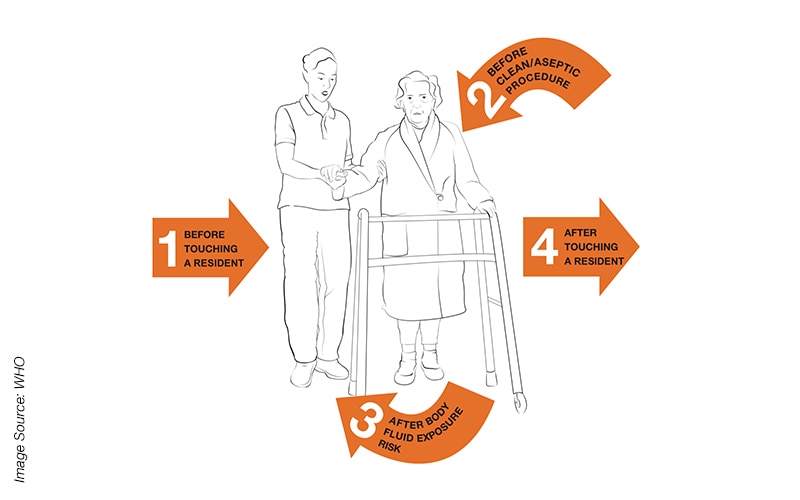
Infection control for long-term care facilities – WHO's 4 moments of hand hygiene
Infections in residents at long-term care facilities are common, costly and associated with significant mortality rates. Especially, within elder care, the transmission of infections causes a lot of problems. Many residents, due to immune dysfunction and other limitations associated with ageing, are especially vulnerable.
In long term care, the risk of transmission of infection or microorganisms is high as well. This is due to a number of reasons, one of them being the open environment with many points of contact between carers, visitors and residents. This means that the precautions taken within care homes often depend heavily on individual initiatives and know-how among staff.
To prevent damages, both physical and financial, that transmissions of infections can inflict on your long-term care residence, it’s important to limit spread. Proper hand hygiene is the single most important step in preventing infection in long-term care. The WHO has created a way to apply 4 moments of hand hygiene for healthcare in residential homes: Clean your hands 1) before touching the resident; 2) immediately before performing a clean/aseptic procedure; 3) immediately after a procedure involving body fluid exposure risk and 4) after touching the resident or when the encounter is interrupted.
By educating visitors and staff alike, as well as making soap and water or sanitisers more accessible, you help ensure good hand hygiene and thereby reduce the risk of infection spreading in the LTC facility.
We know that caring for the elderly means that you also cater to their well-being and pay attention to their specific needs in terms of skin care. Even though sanitising products are efficient, the availability of soft soaps, hand creams and other products adapted for sensitive skin is both a good addition and proof of your concern for your elderly residents.
Ready to take measures to improve hand hygiene in your long-term care? Have one of our team members contact you.

